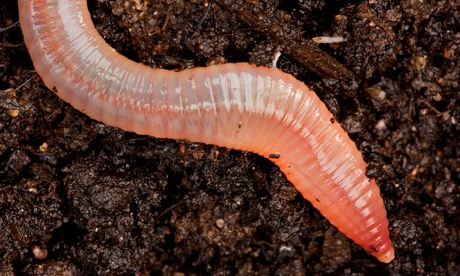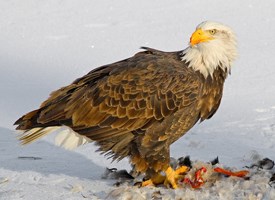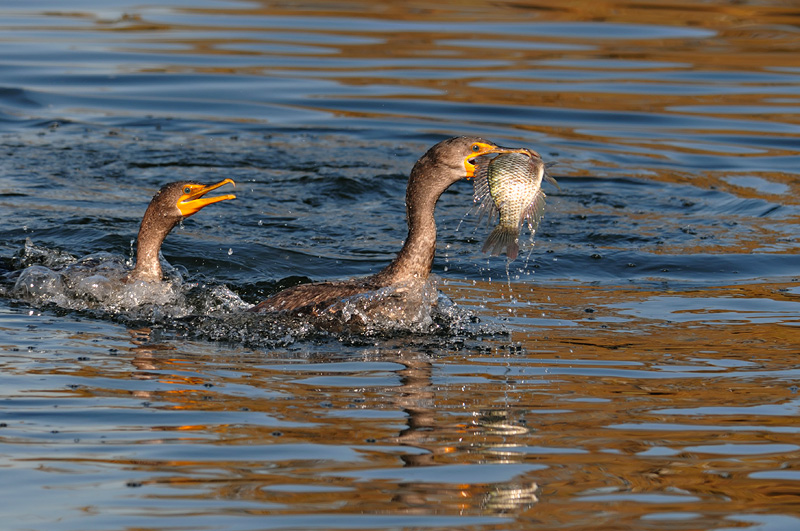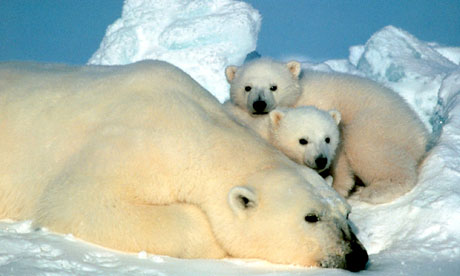Microplastics are small but dangerous.
According to US' National Oceanic and Atmospheric Administration,
microplastics are defined as plastics that are less than 5mm in
diameter. These microplastics are the raw materials for almost every form of plastics produced, and derive from various sources as seen in the picture below:
 |
| SOURCES OF MICROPLASTICS. PHOTO: L.DEWRINE, 2012. |
Worryingly, annual global demand for plastics has consistently increased over the years and presently stands at about 245 million tonnes (Andrady, 2011). Thus, it is rather unsurprising that general plastic waste is the main source of microplastics in oceans and lakes. Larger plastics in the ocean don't just magically disappear, they are broken down into minute pieces, and eventually form microplastics.
 |
| MICROPLASTICS IN OUR BEAUTY PRODUCTS. PHOTO: MARINE CONSERVATION SOCIETY |
Recognise any of the products shown above? These facial or cosmetic products contain microbeads, which are usually found in facial scrubs and exfoliating products.Some polyester clothing are also a source of microplastic fibres. Experiments conducted showed that wastewater from washing machines can contain more than 1900 microplastic fibres per garment (Browne, 2011).
When we wash clothing or use facial products containing
microplastics, the tiny pellets enter our
wastewater systems. But because they are so small, some wastewater
treatment plants fail to filter them out (Fendall & Sewell, 2009),
and so the microplastics are released into water bodies.Moreover, their
minute size make it difficult to distinguish them from other tiny marine
organisms, and so efforts to remove them may inadvertently harm the
tiny organisms as well. More dangerous are the microplastics that absorb
toxic chemicals such as detergents, and when ingested by marine
organisms, cause detrimental effects to their health.
 |
| ANIMALS CAN EAT MICROPLASTICS VIA FOOD. PHOTO: DECODEDSCIENCE.COM |
When planktons and other tiny marine organisms mistake the
microplastics for fish eggs, they eat them. Because they are ingested
but not digested, the marine organisms may eventually die of
malnutrition or starvation. Observations from scientists noted that
accumulation of microplastics in marine worms can cause inflammation and
reduce feeding, reproductive potential and chances of survival (Wright,
et al., 2013). Some microplastics can even be absorbed into organisms
(Wright et al., 2013). This may potentially upset their population size,
and reduce the availability of food for their predators. Hence, a
domino effect up the food chain occurs, destabilising and disrupting the
ecosystem.
Additionally, bio-accumulation occurs, and the microplastics move up the food chain.
Eventually, humans end up consuming seafood with trace levels of
microplastics as well. Presently, there is still uncertainty about the
potential implications that microplastics may have on human health.
However, general plastic waste could potentially increase the risks of
cancers and cause reproductive or endocrine-related problems (Science
For Environment Policy, 2011), and the effects of accumulative
microplastics in humans may pose similar problems as well.
More recently, a study by Andrew et al. (2014) reported that microplastics are not only orally ingested by marine organisms, but can also enter via their gills. They studied the uptake of microplastics in common shoe crab (
Carcinus maenas), and found microplastics retained in their bodies that could have entered via ventillation of the gills. This poses a potential problem as uptake of microplastics via this method takes over 6 times longer to leave the body then oral ingestion (Andrew et al., 2014), and could possibly exacerbate the process of bioaccumulation. Additionally, this method of uptake may also apply to other creatures apart from crabs, such as mollusks and fishes. This further reinforces how marine life are seemingly defenseless against microplastics, and so humans should step up to rectify this issue before it worsens.
 |
| THIS FISH HAD 17 MICROPLASTIC BITS FOUND IN ITS STOMACH. PHOTO: MARCUS ERIKSEN, 5 GYRES INSTITUTE |
The next time you buy a facial scrub or cosmetic products, check for the presence of polyethylene, or more commonly described as microbeads. Also, you may have heard the phrase "Reduce, Reuse, Recycle" countless times, but let me re-emphasise that this action is important as it not only reduce landfill space and carbon dioxide emissions, but also the level of plastics and microplastics in water bodies. Finally, avoid purchasing or washing clothing with thick fibres or polyesters. These are what we can do on an individual level.
As for the corporate level, manufacturing companies for cosmetics and facial products should stop using microbeads and switch to natural organic materials instead. Regulations should also be put in place to minimise or ban the use of microbeads altogether. This will serve as an incentive for manufacturers to use more environmentally-friendly alternatives. Finally, more research should be done to discuss ways the microplastics can be removed, innovate and design new filtration systems that could filter these particles out, create new devices that can regularly monitor microplastic levels in water bodies and further investigate in detail the toxicity of microplastics on marine organisms and humans.
These plastics may be minute, but they cause mega impacts to wildlife, us included.
Literature Citied
Andrady, A. L. (2011). Microplastics in the marine environment. Marine Pollution Bulletin, 62(8), p.1596-1605.
Andrew J. R. Watts, Ceri Lewis, Rhys M. Goodhead, Stephen J. Beckett, Julian Moger, Charles R. Tyler, and Tamara S. Galloway
. (2014). Uptake and retention of microplastics by the shore crab
Carcinus maenas.
Environmental Science & Technology, 48
(15),
p.8823-8830
Browne, M. A., Crump, P., Niven, S. J., Teuten, E., Tonkin, A., Galloway, T. & Thompson, R. (2011) Accumulation of microplastic on shorelines woldwide: sources and sinks.
Environmental Science &Technology, 45, p.9175-9193.
Fendall, L. S. & Sewell, M. A. (2009) Contributing to marine pollution by washing your face: microplastics in facial cleansers.
Marine Pollution Bulletin, 58, p.1225-1228.
Science For Environment Policy (2011) Plastic Waste : Ecological and Human Health Impacts.
[ONLINE] Available at:
http://ec.europa.eu/environment/integration/research/newsalert/pdf/IR1_en.pdf.
[Accessed 26 September 2014].
Wright, S. L., Rowe, D., Thompson, R. C. & Galloway, T. S. (2013)
Microplastic ingestion decreases energy reserves in marine worms.
Current Biology, 23, p.1031-1033.
Wright, S. L., Thompson, R. C. & Galloway, T. S. (2013) The physical impacts of microplastics on marine organisms: a review.
Environment Pollution,178, p.483-492.














